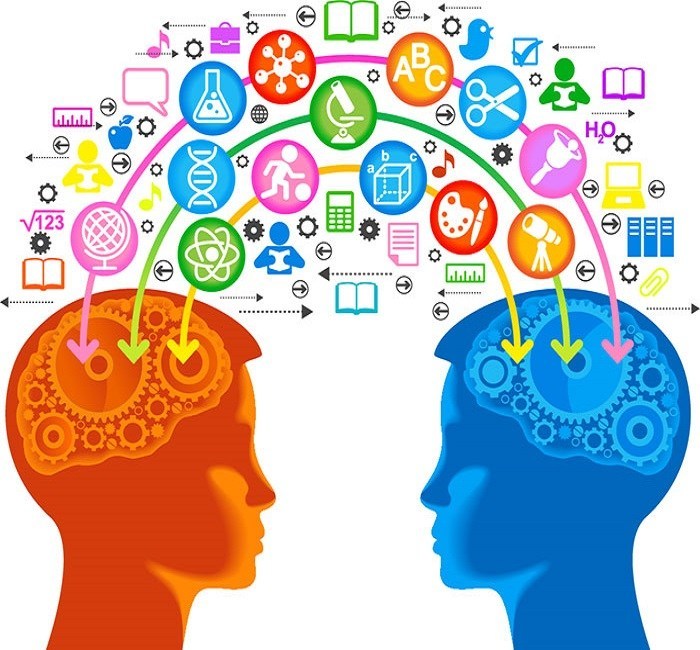e-Learning Ecologies MOOC’s Updates
PEER-TO-PEER LEARNING
“…learning with and from each other is a necessary and important aspect of all courses. The role it plays varies widely and the forms it takes are very diverse, but without it students gain an impoverished education.” (Boud, 2001)
Peer learning is a teaching and learning strategy that refers to students learning with and from each other as fellow learners without any implied authority to any individual. More specifically, peer learning involves interacting with others and learning by observing or explaining; having shared goals and divided tasks; having shared authority and responsibility to the task at hand; and results in making meaning through interactions with peers.
Different terms have been used to describe the various forms of peer learning, such as cooperative, collaborative learning, small group learning, peer tutoring, peer mentoring,
peer teaching, peer assessment, and more (Hanson et al 2016). The form
of peer learning that have been introduced in this MOOC is collaborative learning.
A study conducted by Hanson et al (2016) examined the association between exposure to peer learning in the undergraduate classroom and psychological well-being after four years of college, using a longitudinal study design. They defined psychological well-being is defined as ‘the ability to develop, maintain, and appropriately modify interdependent relationships with others to succeed in achieving goals’. This study which involved more 1000 undergraduate students found that peer learning had a small positive influence on their overall psychological well-being.
In a world of always accessible information, students nowadays have access to unlimited knowledge through ubiquitous computing and the social web, whereby they are able to learn anything and everything on their own or in collaboration with others (Kalantzis and Cope, 2015). For example, using the Web 2.0 tools such as Blogs, YouTube and Wikipedia students can establish a learning community where students are able to show case their learning artefacts and obtain feedback from the others. In this process students can learn what others have done and know what others (their peers) think of their work which will motivate them to improve all the time until they become good at whatever it is they are learning. An example of an effective learning community is the “Scholar” developed for this MOOC.
In the TED-X YouTube Bodo describes his project to build algorithms that take advantage of peer-to-peer learning and discovery to allow learning, even in settings where people have virtually no knowledge of technology or literacy.
References:
Boud, D. (2001). ‘Introduction: Making the Move to Peer Learning’. In Boud, D., Cohen, Ruth & Sampson, Jane (Ed.). Peer Learning in Higher Education: Learning From & With Each Other. London: Kogan Page Ltd, 1–17.
http://www.cdtl.nus.edu.sg/success/sl13.htm
Hanson, J.M., Trolian, T.L., Paulsen, M.B., and Ernest T. Pascarella, E.T.
Evaluating the influence of peer learning on psychological
well-being. TEACHING IN HIGHER EDUCATION, 2016, VOL. 21, NO. 2, 191–206
http://dx.doi.org/10.1080/13562517.2015.1136274
https://www.youtube.com/watch?v=MGEN8-O18_0
(Self Directed, Peer-to-peer Learning Can Teach the World | Bodo Hoenen | TEDxLoyolaMarymountU)



I didn't realise that peer-to-peer learning can be very powerful. I will use this technique for my students in the coming semester. Thank you Dr Cope & Dr Kalantzis
We might be surprised to find out that peer-to-peer learning is an effective method of knowledge transfer the information is meaningful and is a way to teach students to be more collaborative!